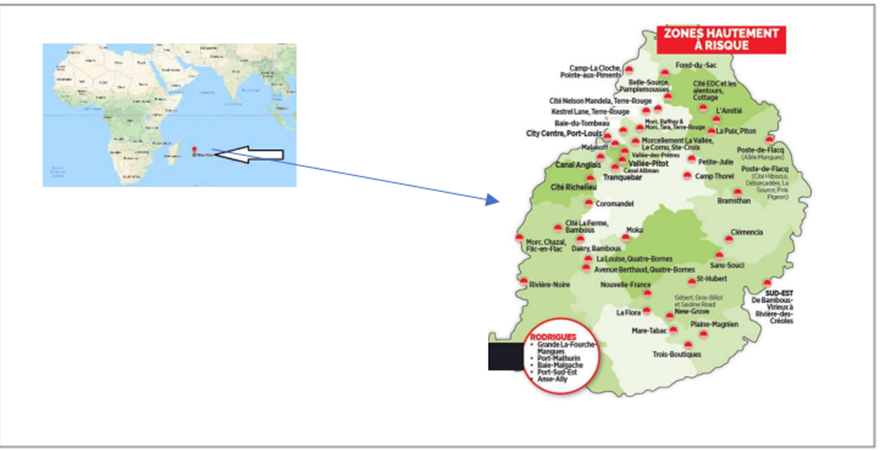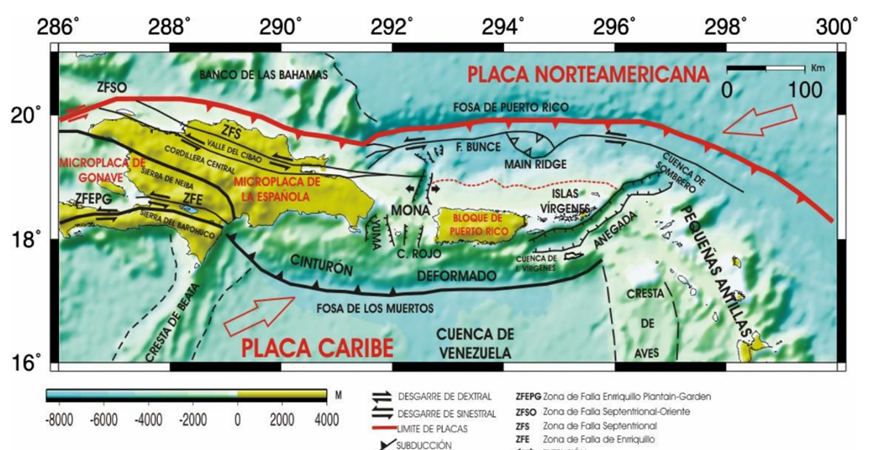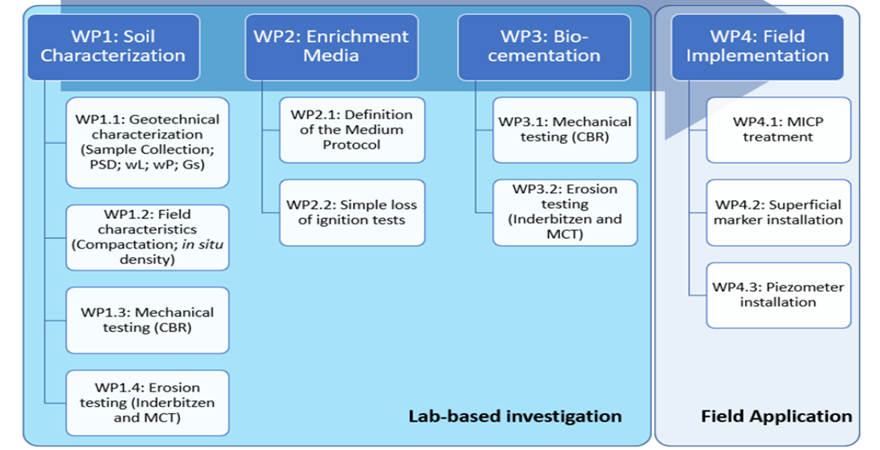- +91-11-4044-5999
- info@cdri.world
-
Copernicus Marg, New Delhi, INDIA
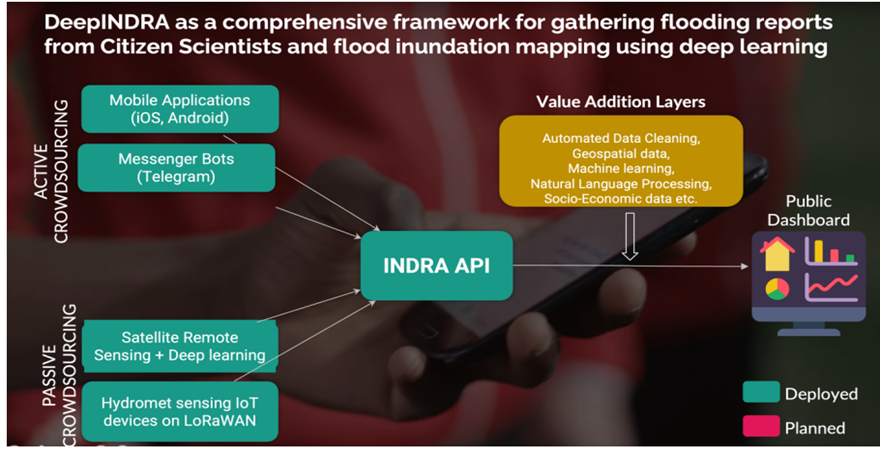
DeepINDRA: Detecting flood inundation using deep learning and citizen science
Dr Manabendra Saharia
Indian Institute of Technology Delhi
Research problem: Detecting street-scale flood inundation is challenging due to the complexity of terrain and infrastructure and the resolution limitations of satellites. There is a lack of a pragmatic flood identification system that can harness the power of citizen scientists and deep learning to develop actionable intelligence for emergency personnel.
Innovation/novelty: The citizen science mobile and chatbot application is the first of its kind to use qualitative and quantitative flooding data from people directly. The deep learning technique improves upon traditional change detection approaches applied on a single polarized radar image, thereby losing the information in other remotely sensed auxiliary datasets.
Proposed solution: DeepINDRA (Deep International Natural Disaster Research and Analytics) will first collect localized quantitative and qualitative flooding data through citizen participation using a mobile application. Secondly, we will develop a deep learning-based based fully automated tool to fuse information in multi-polarized radar images with elevation information and permanent water bodies to
Research Methodology: The citizen science applications will develop workflows targeting non-specialists to provide critical flooding level and impact data during dangerous situations, emphasising speed and visual acuity. The deep learning-based flood mapping technique will be trained on meticulously hand-labelled flooding data using backscatter values and augmented with auxiliary datasets.
Practical application and implications: The practical application will be a public-facing DeepINDRA dashboard, which will display hyper-localized real-time flooding information collected from citizen scientists and from the deep learning-based tool used on satellite Synthetic Aperture Radar (SAR) data. The dashboard will provide flooding information with impact classifications.
Assumptions: The assumption is that the ‘wisdom of the crowd’ in citizen science will overcome the low reliability and fidelity of the flooding datasets and render them useful for real-time decision-making. The assumption for the deep learning technique is that it will massively improve upon change detection approaches due to employment.
Scope and limitations: The first limitation will be that citizen science applications will need a large group of people to report data from a location to be reliable. For deep learning techniques, the availability of these maps will depend on the satellite overpass frequency.
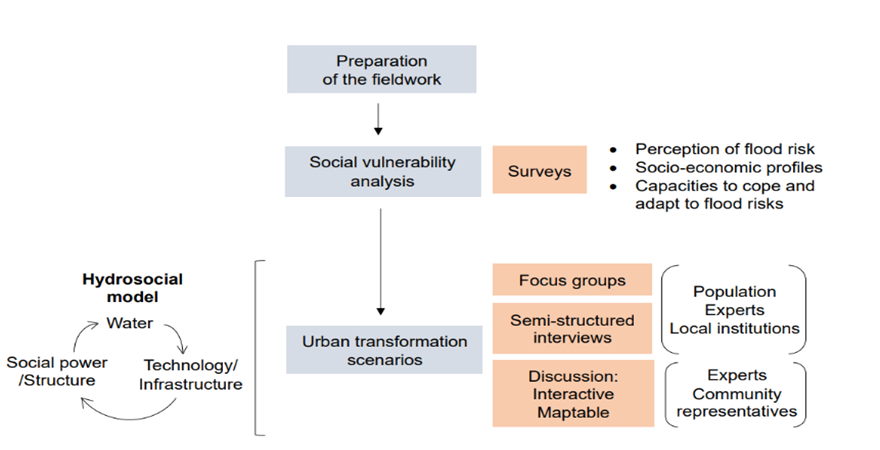
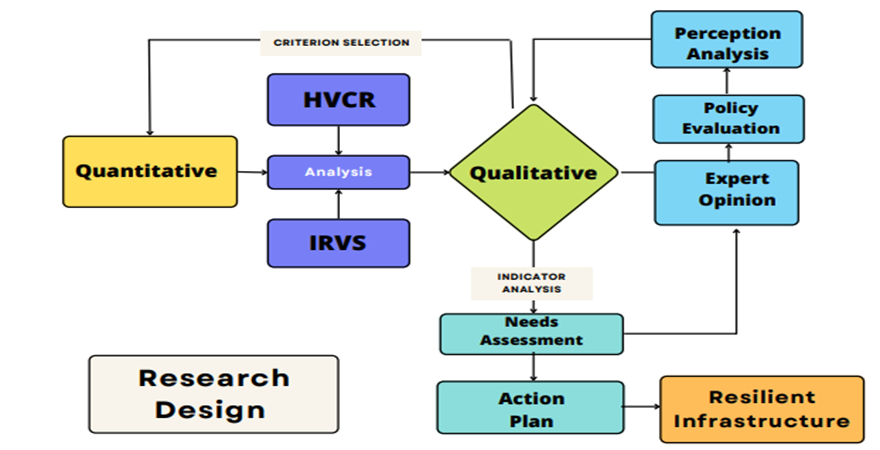
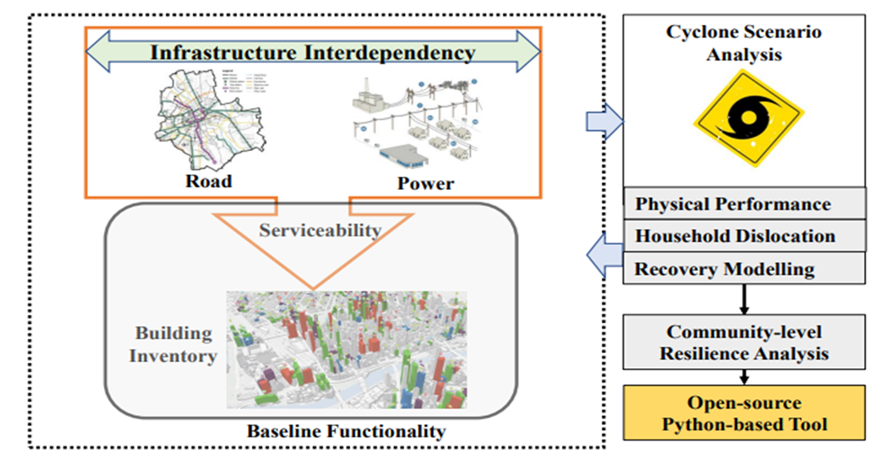
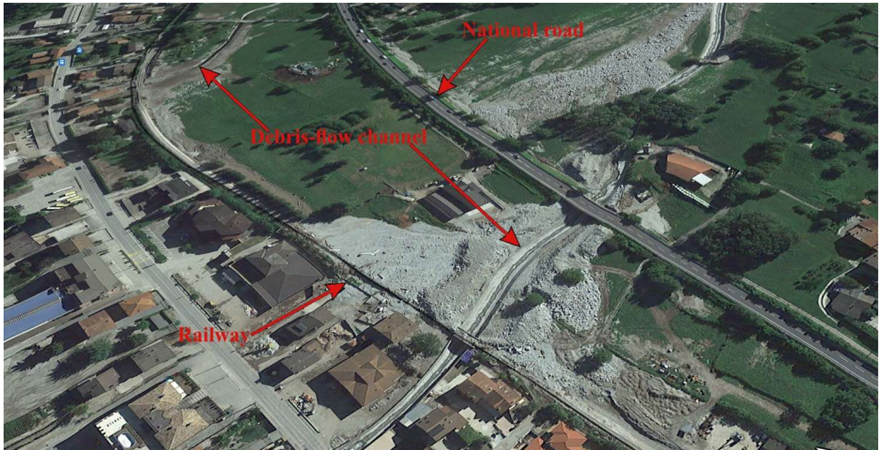
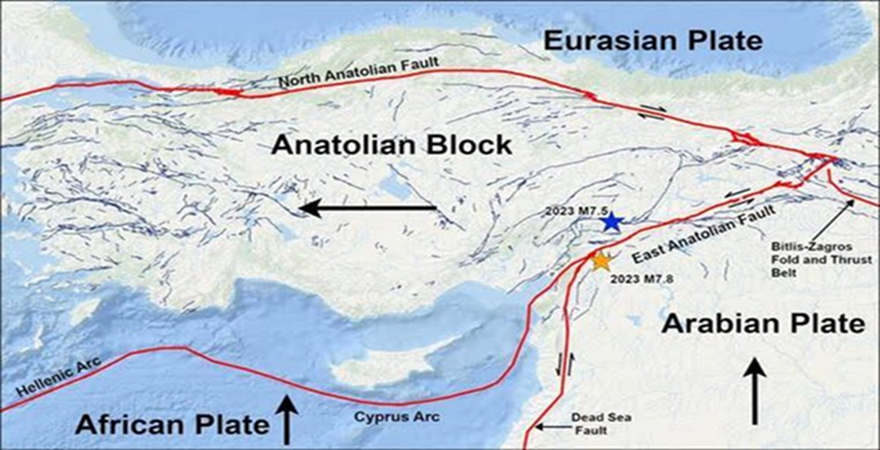
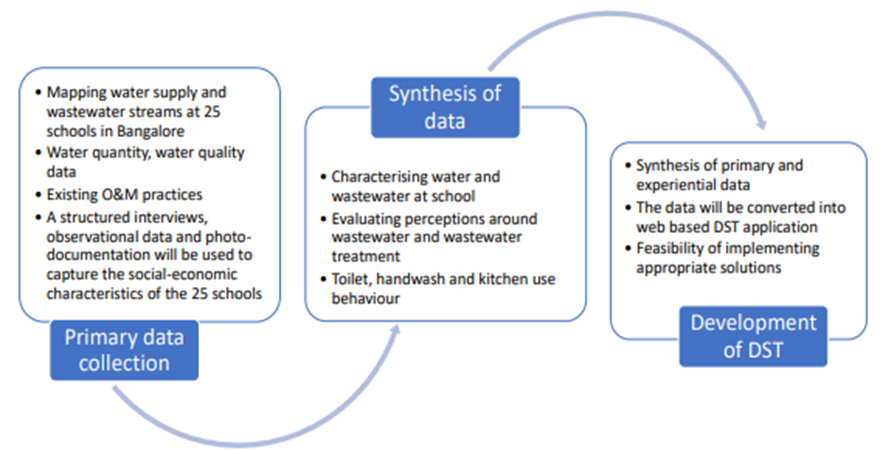
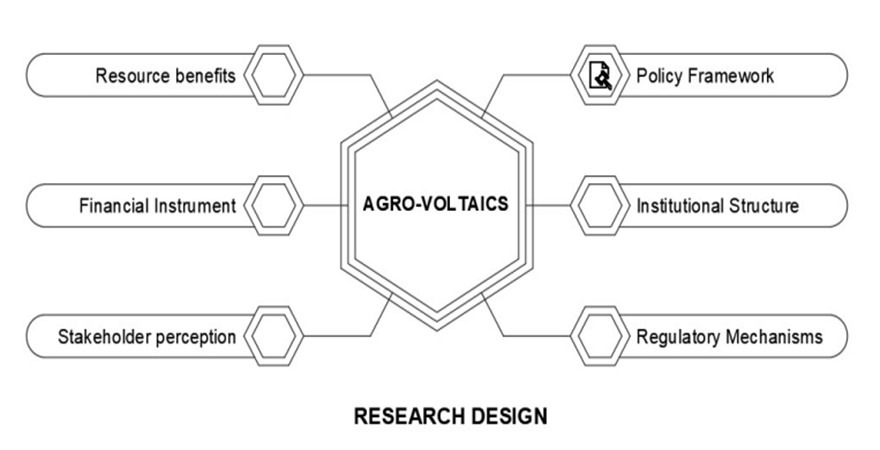
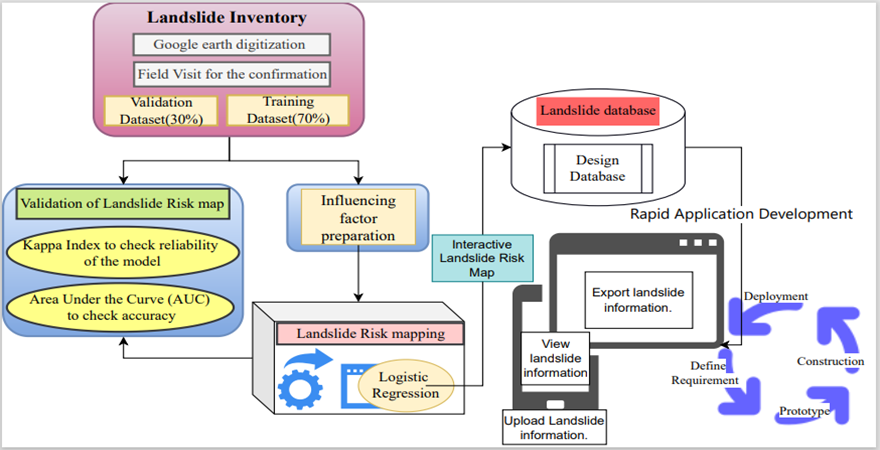

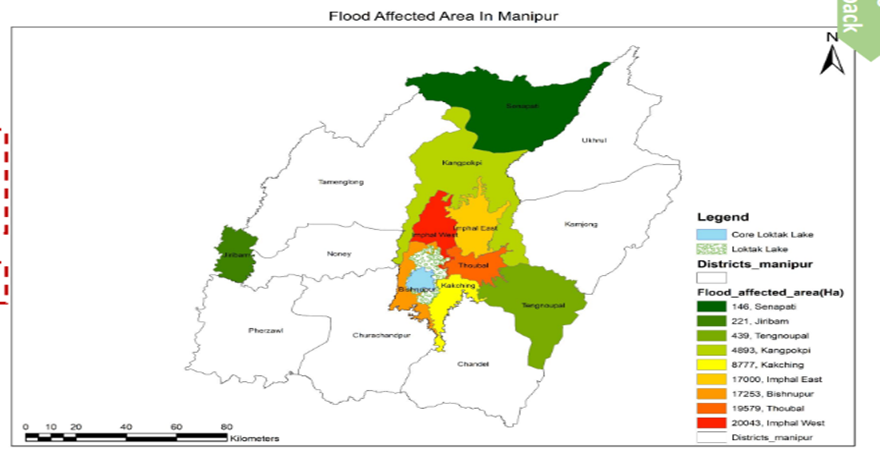
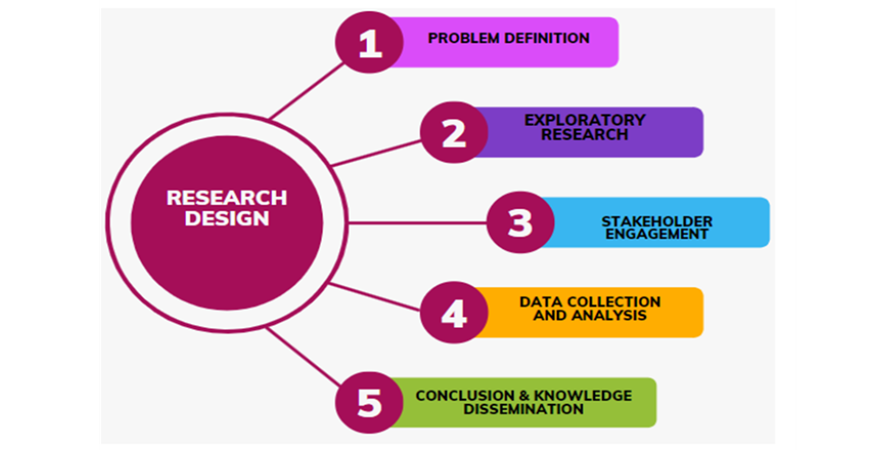
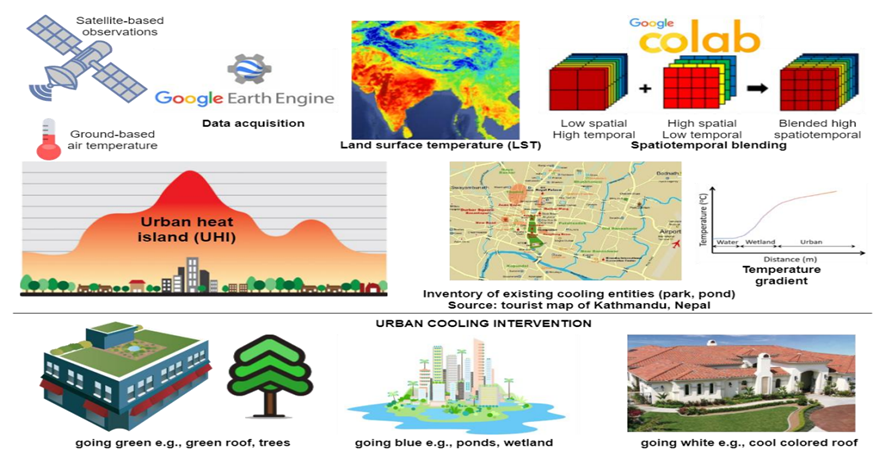
 mainstreaming inclusion of persons with disabilities in disa.png)

